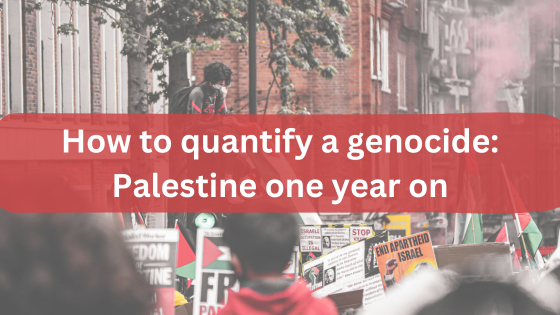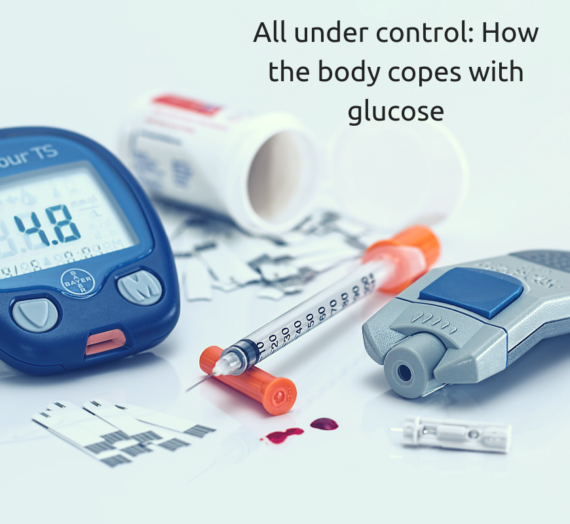The title of this blog post is misleading. The ongoing onslaught in Palestine has persisted far longer than a year – the Palestinian people have faced displacement since the 1948 Nakba. The violence didn’t begin on October 7 2023, but has been an ongoing tragedy for decades.
Statistics can only tell us so much
Estimates suggest that at least 41,615 Palestinians have been killed (up to September 2024) speak volumes to the shear tragedy that has unfolded in only a year, with 15 people being killed and 35 injured hour on hour according to current sources, with 60% of homes destroyed and only 17 hospitals barely functioning the safety of home and ability to care for the wounded that we take for granted is a far flung dream for those caught up in this tragedy.
The collapse of the healthcare system
In the first weeks of the current genocide, the death toll was quantified using well established systems in the morgues of Gaza. But as the attacks on Gaza continued, medical centres became unable to operate, yet alone accurately count fatalities. Information increasingly relied on reports from the Palestinian Civil Defence and Palestinian Red Cresent Society, but, due to so many people being displaced, family members may not even know if a loved one has died. Bodies buried under rubble are difficult to count and identify.
The spread of disease in Gaza
As well as deaths caused directly by Israeli attacks, thousands of Palestinians are dying due to disease, starvation, or lack of access to health care. In February 2024, estimates predicted that in a continued scenario of six months of escalated conflict, 68,650 people could die from injuries, 2,680 from non-communicable diseases, and 2,720 from infectious diseases.
At the end of July, a polio epidemic was declared in Gaza, with the first case in 25 years being confirmed in a 10-month old baby. It is believed that the outbreak originated from a strain circulating in Egypt in 2023, and the unhygienic, poverty-stricken environment in war-torn Gaza provided an ideal environment for the virus to spread. With the disruption to the healthcare system through the bombing of hospitals, vaccines have been difficult to administer, again increasing the chance of the spread of polio, among other diseases. This is just one of the several public health crises facing people in Palestine.
Women’s health is also facing crisis in Palestine; read our International Women’s Day post to learn more here
Can we quantify such tragedy?
It’s not just the hard facts that show the true scale of the tragedy however, the devastation runs much deeper and the effect on the people of Palestine is impossible to comprehend.
Behind each statistic is a human, with loved ones, families and friends ripped apart by such a conflict in such a way that is painful beyond words. Even survivors who are injured or displaced find life impossibly difficult and have their lives changed in ways that only those who have lived through such a conflict could understand.
With Israel now turning its attention to other countries in the region such as Lebanon, we have to ask, how much more devastation are we willing to witness?
Yet, despite the atrocities, the senseless lack of sanctions and the blind eyes shown towards Israel demonstrate the lack of moral judgement those in power. This makes our united stand against such horrors even more important; together through all our actions, whatever they may be, we can be stronger than the barbarity that has been shown, standing firm in our calls for freedom, liberation, and peace.
Opportunities to donate to people in crisis in Gaza and Lebanon:
- Islamic Relief
- UN Crisis Relief
- Action Aid Gaza Crisis Appeal
- UNICEF Lebanon Crisis Appeal
- Human Appeal Lebanon Emergency Appeal
Sources:
- 41,615 Palestinians killed in Gaza offensive since Oct. 7: Health ministry
- Counting the dead in Gaza: difficult but essential
- Gaza: Why is it so hard to establish the death toll?
- How did polio reemerge in Gaza after a quarter of a century? Q&A with a virologist
With thanks to our contributing author, Alasdair Easton. If you would like to write for us, get in touch at seekingscienceblog@gmail.com




